14 Essential Tips for Building a Complete Antique Furniture Collection
Starting an antique furniture collection can feel overwhelming at first. However, by taking it step by step, you will be able to build a unique and valuable collection. Begin by focusing on specific periods or styles that interest you the most. Always check for authenticity and quality when buying pieces. Remember to set a realistic budget to avoid overspending. With careful attention, your collection will grow into something you can truly be proud of.
This post may contain affiliate links, which helps keep this content free. Please read our disclosure for more info.
Discover Your Passion – Choosing the Right Antique Furniture Style
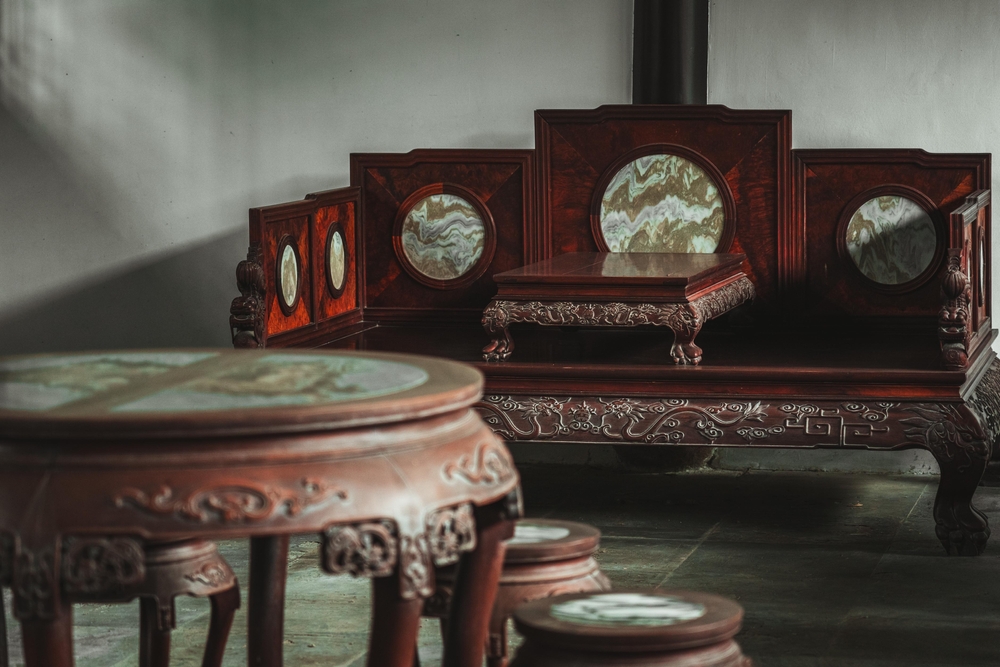
When starting an antique furniture collection, it is important to identify your preferred style. Whether your taste leans towards Victorian, Mid-Century Modern, or French Provincial, focusing on a specific type will help guide your selections. Researching different furniture periods will help you discover what appeals to you most. This focused approach also avoids buying pieces that may not fit your vision. By understanding your preferences, you can ensure that each addition complements your growing collection.
With a clear direction, you can create a cohesive collection that reflects your unique taste. Collecting antique furniture is not about quantity. It is about finding pieces that resonate with your style. The more you research and learn, the easier it will become to spot high-quality items that reflect your interests. A well-curated collection will feel more personal, adding depth and history to your home. Embracing a specific style allows you to make thoughtful decisions as you collect over time.
Set a Realistic Budget for Building Your Antique Collection

A realistic budget is essential when beginning your antique furniture collection. Prices can vary greatly based on factors such as age, rarity, and condition. By setting a clear budget, you can avoid overspending and ensure you are making smart investments. Remember to factor in restoration or shipping costs when planning your budget. This will give you a complete understanding of what you are financially committing to.
As you gain more experience, your budget may adjust, but it is crucial to stick to your limits to avoid making impulse purchases. While rare pieces may be expensive, there are affordable options available that are still valuable. Understanding the financial aspect helps ensure that you collect within your means. A well-planned budget can provide peace of mind and guide you to better choices. This financial discipline will support a more sustainable collection-building process.
Research the Antique Furniture Market to Find the Best Deals

Researching the antique furniture market is an important step before making any purchases. Knowing the current trends, price ranges, and market fluctuations will help you make informed decisions. Online resources, auctions, and antique shops provide useful insights into the value of various pieces. By comparing different listings, you can get a good idea of fair pricing and avoid overpaying for items.
Staying connected with the community of collectors and experts can also give you an edge in understanding the market. You can learn about hidden gems or the best places to buy from knowledgeable individuals. Participating in antique shows or following auctions will also give you valuable exposure. By continually educating yourself about market trends, you will be in a better position to make smart purchases. A well-researched approach ensures that you collect valuable pieces while avoiding costly mistakes.
Evaluate the Condition of Each Antique Furniture Piece Carefully
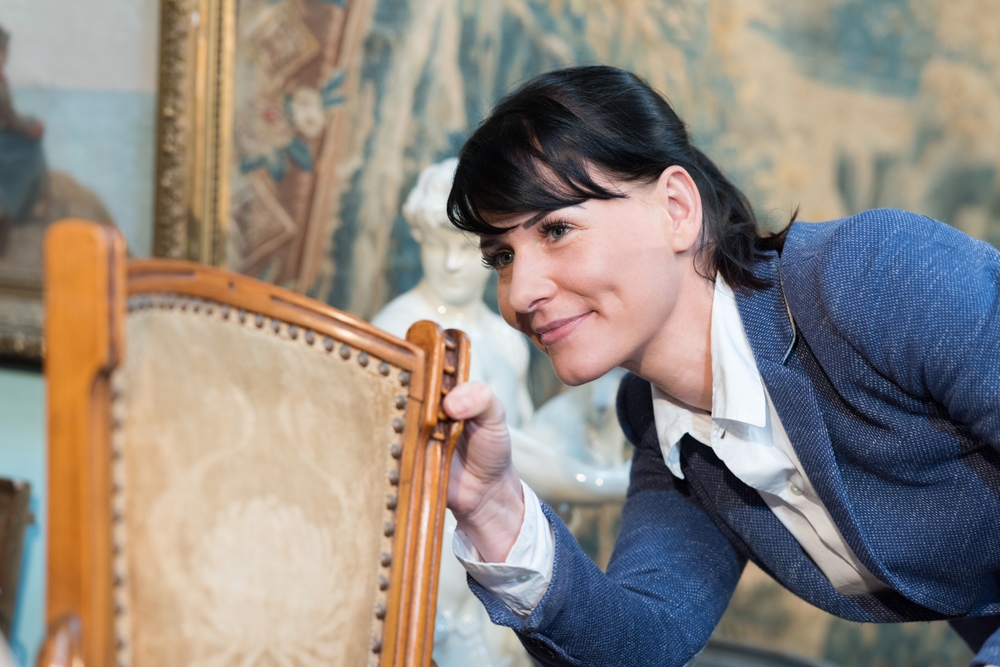
The condition of antique furniture is critical to its value. Always inspect items for damage such as scratches, cracks, or missing parts. A well-maintained piece will not only look better but also hold its value. If a piece requires restoration, determine whether the cost is justified given its potential value. Checking for structural integrity is equally important, as weak joints can affect the piece’s longevity.
Pay attention to the original finish and upholstery, as these contribute to the piece’s overall appeal and worth. Restoring original components is often better than replacing them, as authenticity adds value. A piece in excellent condition will be a better investment than one that requires extensive repairs. Ensure that you are aware of any restoration needs before purchasing. By carefully evaluating condition, you can make more informed decisions and avoid costly repairs in the future.
The Importance of Provenance in Antique Furniture Collection

Provenance is a key factor when determining the value of an antique furniture piece. Provenance refers to the history of the item, including previous ownership and documentation. Pieces with verifiable provenance are often more valuable, especially if they have connections to notable historical figures or events. Always ask for any records, receipts, or certifications that confirm the authenticity of the item.
Having proven provenance helps protect you from buying counterfeit pieces and adds credibility to your collection. Not only does it increase the value, but it also enhances the narrative behind the piece. Knowing the story of a piece allows you to appreciate its historical significance. Provenance also provides insight into the item’s age and how it was passed down over time. For serious collectors, provenance is an essential part of building a collection with integrity and authenticity.
Identify the Wood Used in Antique Furniture for Better Evaluation
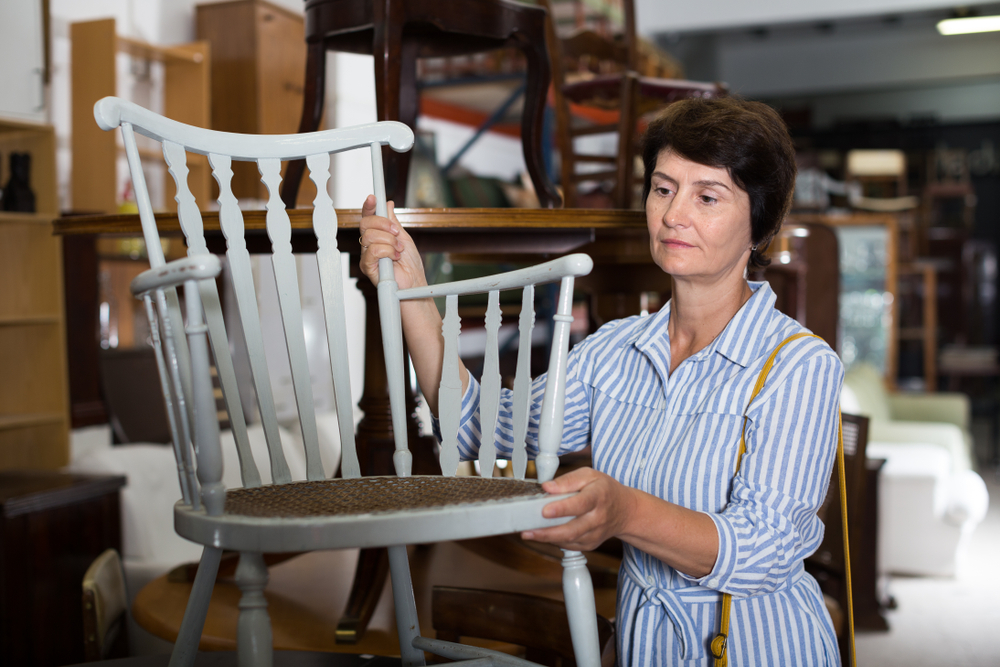
Wood plays a major role in determining the authenticity and age of antique furniture. Different types of wood were popular during different time periods, so identifying the material can help estimate the piece’s age. Oak, mahogany, walnut, and cherry were commonly used in past centuries, and recognizing the type of wood can tell you a lot about the item’s origin. Look for signs of wear, grain patterns, and color variations to help confirm the wood type.
When inspecting the wood, check for any signs of infestation or decay, such as woodworm or rot. Restoration may be needed in some cases, but it is important to weigh the cost against the value of the piece. Be aware of the patina and natural aging of the wood, as this can add character to the furniture. Proper maintenance is key to preserving the wood’s beauty and longevity. By understanding the wood used in your collection, you will be able to assess its authenticity and potential for restoration more accurately.
Learn to Recognize Signature Marks and Maker’s Stamps
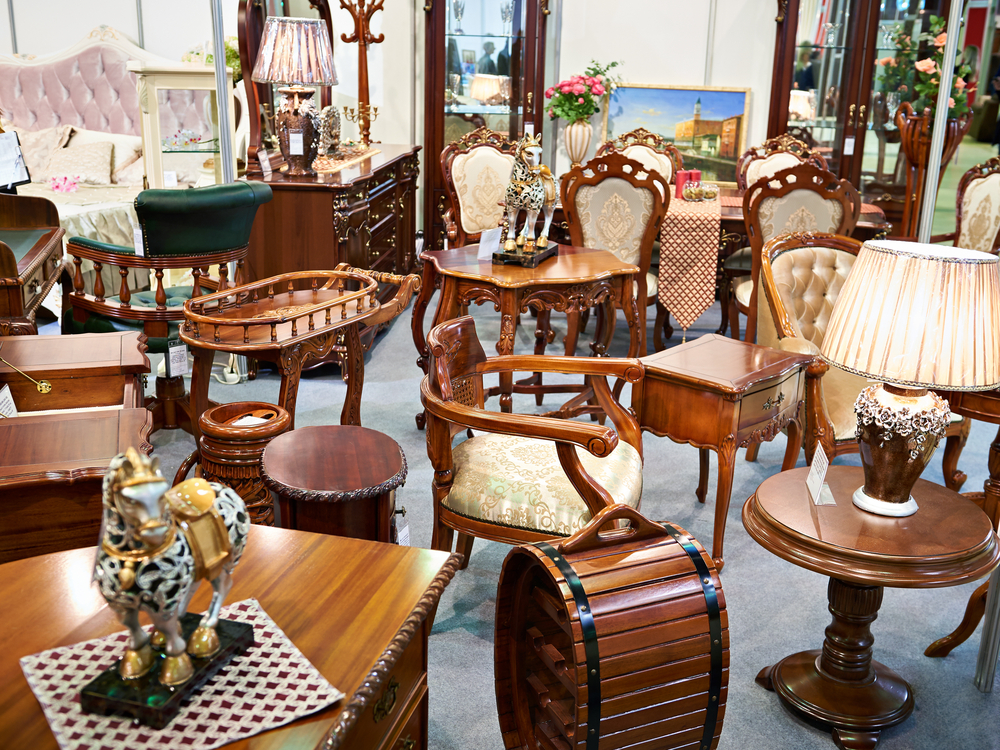
Signature marks or maker’s stamps on antique furniture can significantly affect its value. These marks are typically found on hidden areas such as the underside or back of the piece. Recognizing these stamps can help identify the maker, the year of production, and the historical context of the furniture. Familiarizing yourself with famous furniture makers and their stamps will help you spot valuable pieces.
A piece with a signature mark can be worth considerably more than an unmarked one, particularly if the maker is well-known. However, some antiques may not have any stamps due to wear and tear over time. In these cases, focus on other distinguishing characteristics like craftsmanship and material. When possible, request proof of the maker’s mark before purchasing. Understanding how to identify and interpret these marks will give you an edge in expanding your collection.
Prioritize Quality Over Quantity in Your Collection
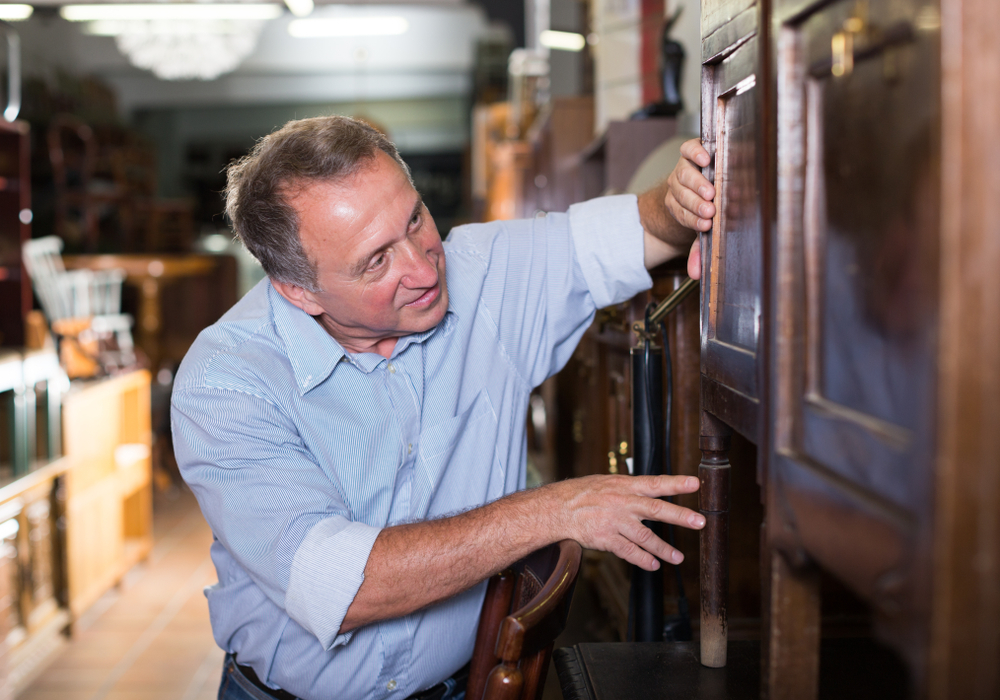
When building an antique furniture collection, quality should always take precedence over quantity. A smaller number of high-quality pieces will be more valuable and appealing than a large collection of less significant items. Focus on selecting pieces that demonstrate fine craftsmanship, historical value, and authenticity. Quality items tend to appreciate over time, whereas lower-quality pieces may lose value.
Taking the time to carefully select high-quality furniture ensures that your collection remains cohesive and valuable. By focusing on craftsmanship and design, you will be able to showcase your personal style while increasing the overall worth of your collection. While it can be tempting to buy many items, remember that collecting antiques is about building a meaningful and valuable collection, not just filling space. Patience is key, and the right pieces will be worth the wait. Quality over quantity will create a lasting and significant collection.
Familiarize Yourself with the Different Antique Furniture Styles
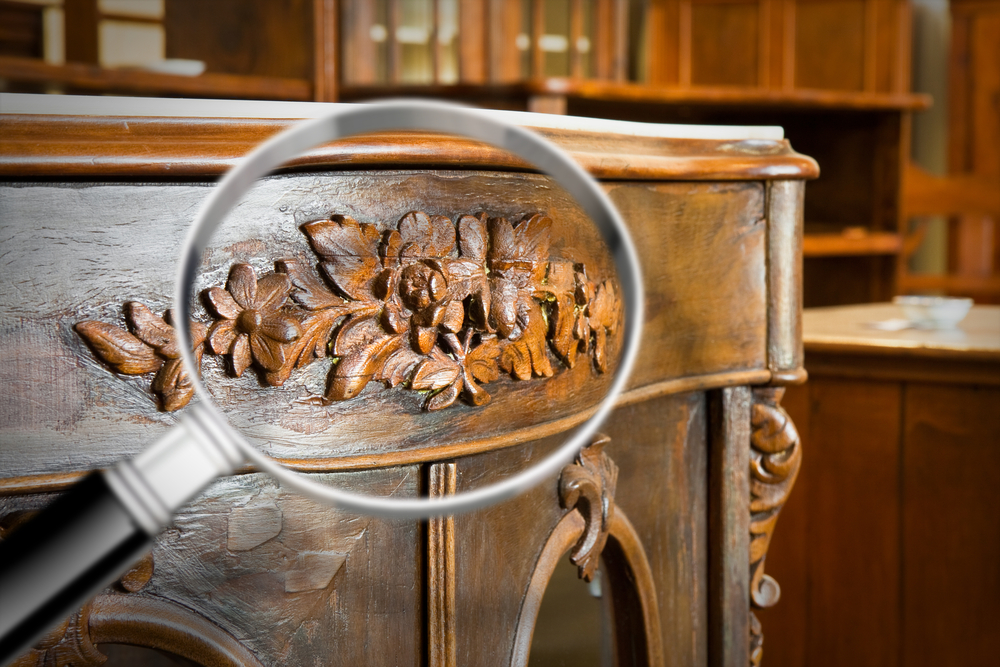
Understanding the various antique furniture styles is vital for building a well-rounded collection. Styles such as Art Deco, Rococo, Queen Anne, and Arts and Crafts each have distinct characteristics that set them apart. Studying these styles will help you better identify the right pieces and make informed decisions. Knowing the features of different periods also allows you to better understand the craftsmanship and materials used at the time.
As you dive deeper into the history of antique furniture, you will begin to recognize how these styles evolved. Furniture made during the Industrial Revolution, for example, reflects a shift in manufacturing methods. Being able to identify these shifts in style and design adds depth to your collection. It also helps when evaluating the authenticity of a piece. Familiarizing yourself with antique furniture styles will enhance your understanding and increase the value of your collection.
Find Antique Furniture Through Auctions and Estate Sales
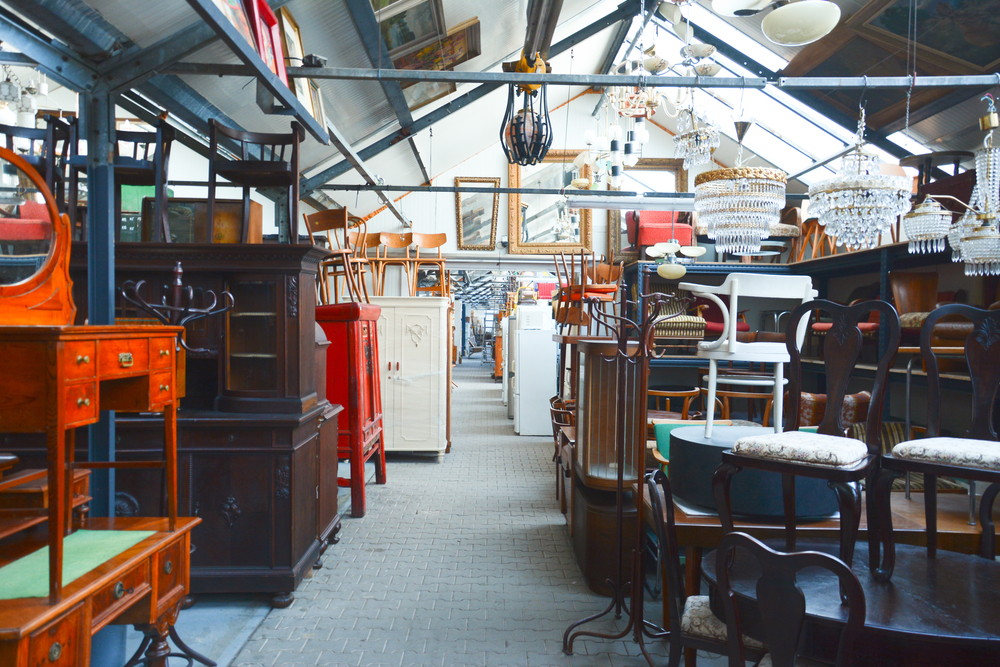
Antique furniture auctions and estate sales can be some of the best places to find unique pieces for your collection. Auctions, in particular, offer the opportunity to bid on rare items that may not be available in stores. Estate sales often provide an opportunity to purchase directly from the previous owner, sometimes at more affordable prices. Both events give you access to a wide range of items from different time periods and styles.
When attending auctions, it is important to research the items in advance and set a budget. Estate sales can also be a great way to find hidden gems and negotiate prices. Do not be afraid to haggle at estate sales, as owners may be looking to sell quickly. Whether you attend in person or browse online, these events are excellent opportunities to build your collection. Auctions and estate sales can provide access to rare and valuable pieces, helping you find exactly what you need.
Consider Restoration for Your Antique Furniture
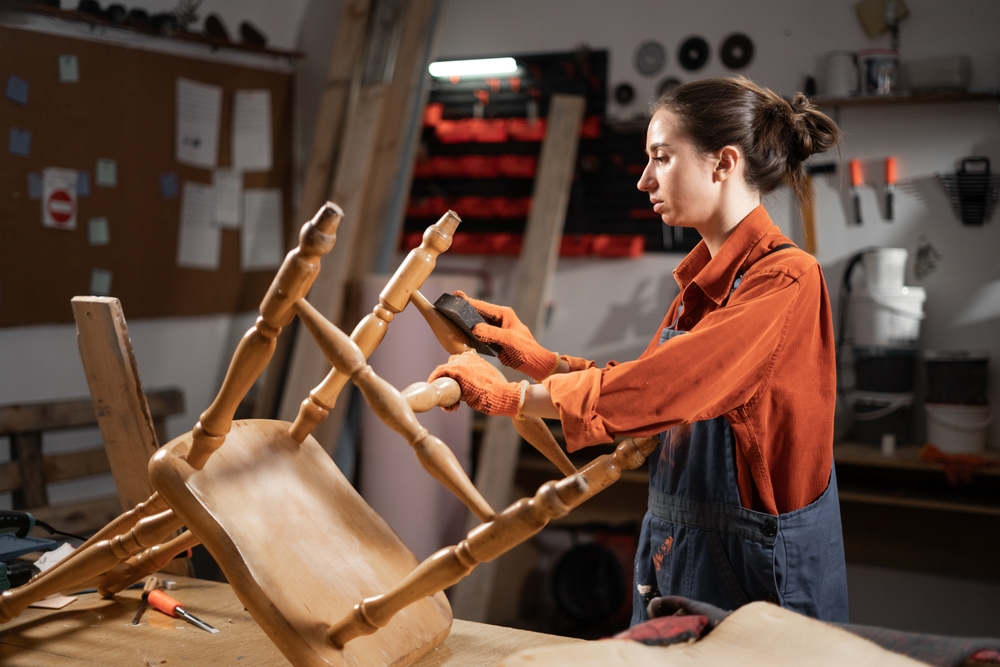
Restoration can breathe new life into antique furniture, but it should be considered carefully. Restoring a piece can repair damage, improve its appearance, and increase its value. However, not all pieces are worth restoring. Some items may lose value if they are over-restored, especially if it affects the authenticity of the piece. Be sure to consult with experts to determine whether restoration is the right choice.
Choosing the right professional for restoration is key to ensuring the work is done properly. Consider whether the cost of restoration is justified by the piece’s value. If you are restoring an item, it is important to preserve its original features as much as possible. A well-restored piece can add significant value to your collection and extend its life for future generations. Always weigh the pros and cons before deciding to restore an antique piece.
Store and Preserve Your Antique Furniture Properly
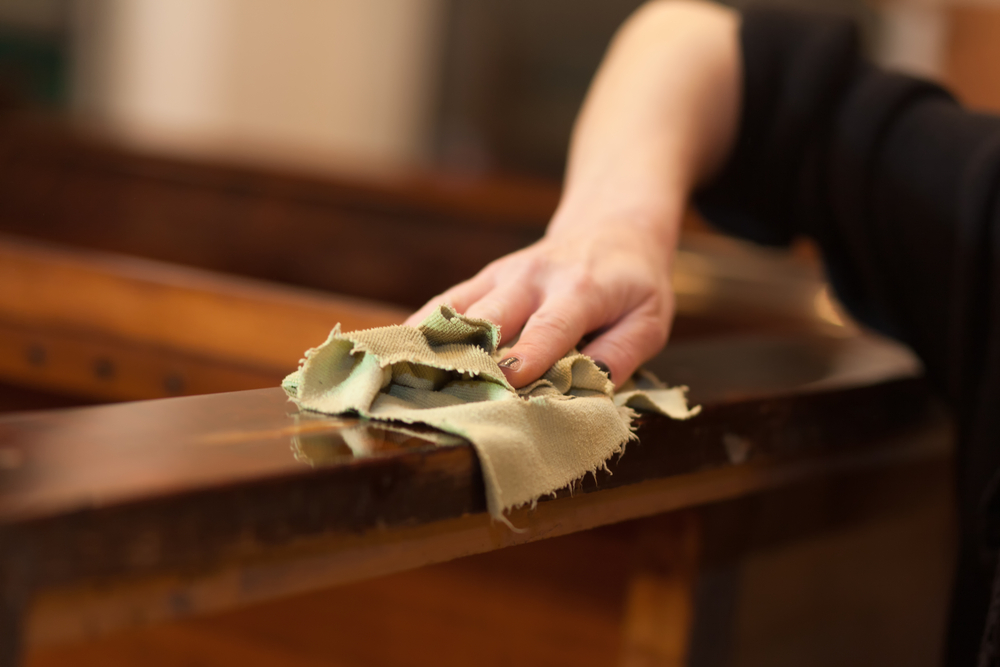
Proper storage and preservation of your antique furniture are essential for keeping it in top condition. Extreme temperatures and humidity can cause damage to wood, fabrics, and finishes. Avoid placing pieces in direct sunlight or near heating sources, as this can lead to fading or warping. Keep furniture in a well-ventilated area to prevent mold or mildew growth, and use covers to protect them from dust and dirt.
Regular maintenance is equally important. Gently clean pieces with suitable products designed for their materials, and check for any signs of wear or damage. Avoid using harsh chemicals or abrasive materials when cleaning. By taking these steps, you can ensure that your furniture remains in excellent condition and retains its value. Proper preservation allows you to enjoy your collection for years to come.
Be Patient and Take Your Time Building Your Collection
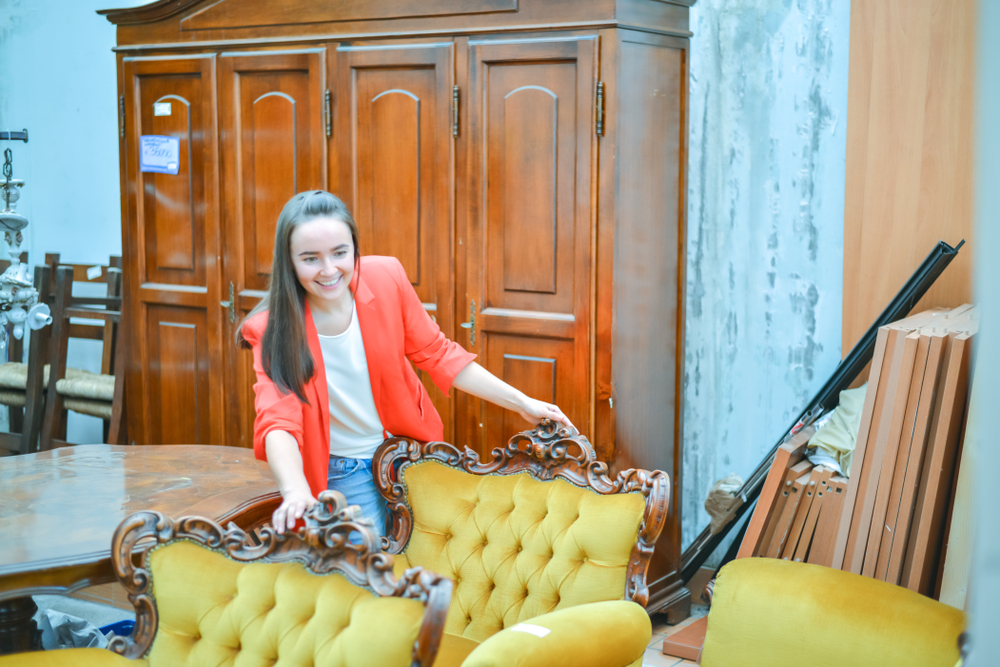
Building a meaningful antique furniture collection takes time and patience. Do not rush into buying pieces just to fill up your collection. It is important to wait for the right items to come along. A well-curated collection is not about having as many pieces as possible, but about selecting items that are significant, valuable, and personally meaningful.
Being patient gives you the opportunity to carefully evaluate each piece. It also provides time to learn more about antiques and refine your taste. Rushing may lead to poor decisions that can affect the quality of your collection. With time, you will develop a keen eye for spotting high-quality items. Patience ensures that each addition to your collection is carefully considered and worth the investment.
Build Relationships with Other Collectors and Experts

Networking with other collectors and experts can be invaluable as you build your antique furniture collection. Joining online forums, attending trade shows, and participating in local collector groups are great ways to exchange ideas and gain knowledge. Experienced collectors can offer tips on where to find valuable pieces, as well as provide insight into pricing and authenticity.
Having a network also opens up opportunities to purchase or trade items directly from fellow collectors. You may also get invitations to private sales or auctions not widely advertised. By building relationships with others in the community, you can grow your knowledge and expand your collection. Sharing experiences with like-minded individuals adds a sense of camaraderie and can lead to better collection strategies. Networking can provide access to rare pieces and valuable opportunities that will benefit your collection.
This article originally appeared on Avocadu.
